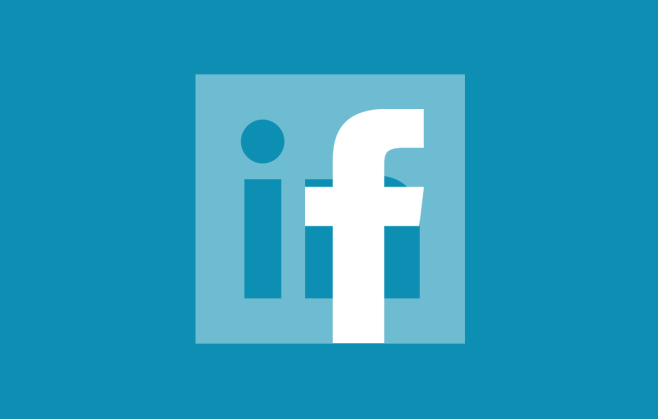
Social media for recruitment
Today, it’s not enough to just use jobs sites for seeking new hires, or by simply creating a set of compelling job listings for your company website. To access a top pool of talent, businesses are turning to social media.
For this, the platform of choice is largely LinkedIn, thanks to its job-centric approach to social media networking. Recruiters are easily able to take advantage of the site’s advanced search features to build a referral chain, keep in touch with former colleagues and business associates, and headhunt new talent via search, groups, and LinkedIn’s useful Lookup tool. Many organisations also use their LinkedIn profiles differently than say, their Facebook page, in order to visually attract talent- for instance, adding on showcase pages is a popular tactic.
Companies can also benefit from fully-optimised jobs pages, enabling recruitment teams to post in-depth job specs, careers news, descriptions about the company, its ethos and culture, and feature recommended staff profiles- all of which create an attractive proposition for potential candidates. A couple of these perks are part of LinkedIn’s paid-for recruiting tool though, which gives employers additional features which they can benefit from. For instance, the recruiter tool comes with careers pages and job postings pages as add-ons to a company’s main page. Recruiters can also take advantage of an increased InMail allocation, with up to 150 InMails per month, and the ability to even contact 3rd degree connections if needed.
Whilst it is automatic to focus your efforts on LinkedIn, it’s not the only platform out there for lucrative recruitment. Depending upon your industry and the type of role or worker you’re recruiting for, both Twitter and Facebook house a large range of candidates too. In fact, a 2016 Jobvite report found that while 40% of job seekers use LinkedIn to scope out new opportunities, 45% use Twitter, while a staggering 67% turn to Facebook. Such is the competition on LinkedIn, recent statistics reveal that recruiters are no longer seeing the results they once did- with an estimated 87% of recruiters vying for an audience of just 40%, it’s no wonder that hire rates and engagement is dropping- many report InMail response rates as low as 10 to 25%.
Unsurprisingly as a larger platform, Facebook therefore provides recruiters with a much bigger audience to choose from. In a similar way to the way filters work on LinkedIn search, Facebook has its own capability for recruiting, with a tool known as Graph Search. This allows searchers to explore candidates by typing in relevant requirements into the search bar. These include hires who are based in or near to specific locations, by job title, gender, the language they speak, and even those who work at rival companies. You can then filter results further, with other variables such as by university, current company, and if or not he or she is connected to you. Furthermore, in-house recruiters often find they have a large captive audience to choose from- Facebook users are typically likely to be following the business pages of those they admire or would like to work for, whether they’re active or simply passive job seekers.
How do you go about recruiting new employees? Does your business have a fully optimised LinkedIn page for this purpose? We’d love to hear your strategic tips, so please tweet to us @PracticeDigital and share your comments on our Facebook page.




